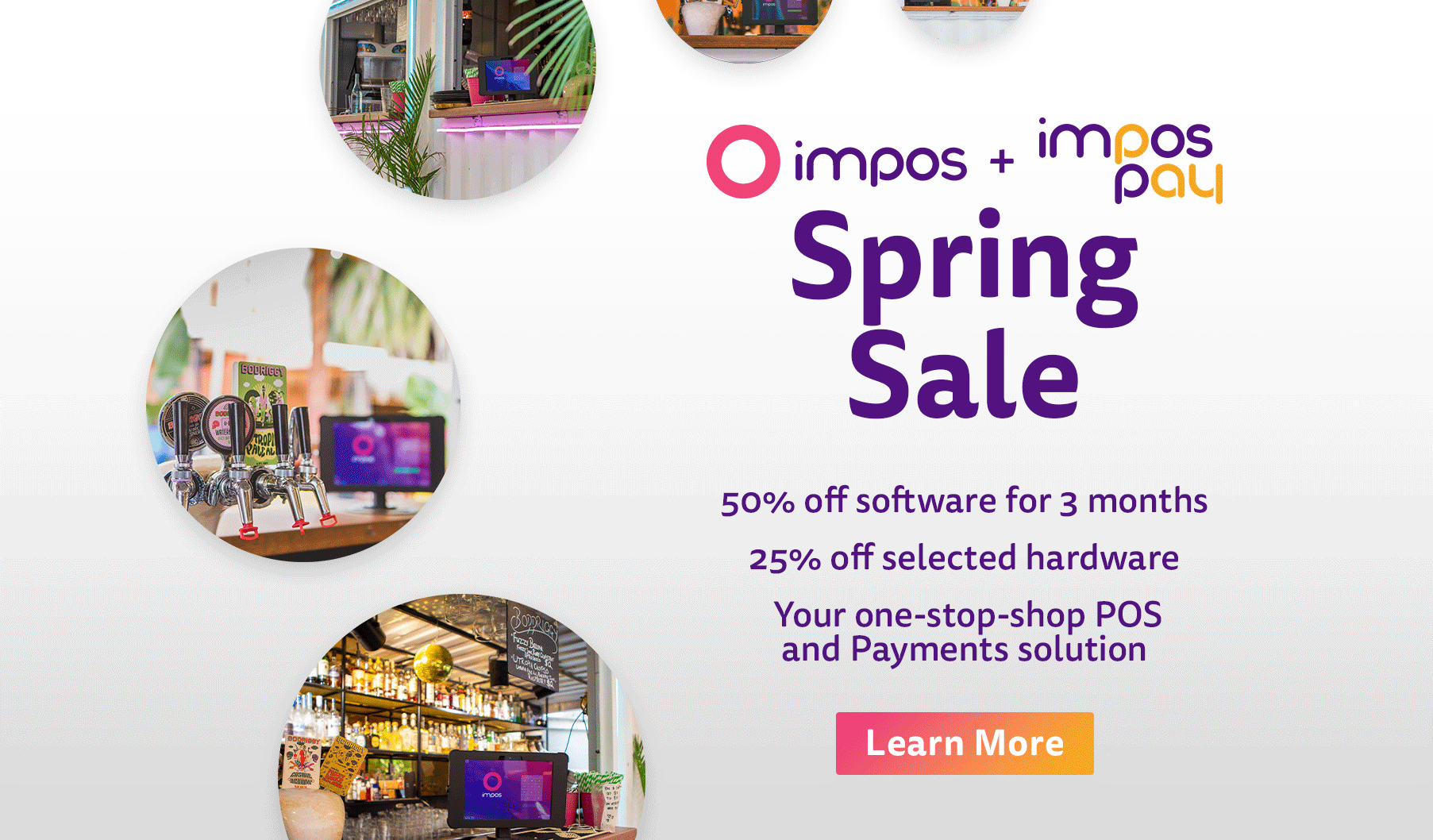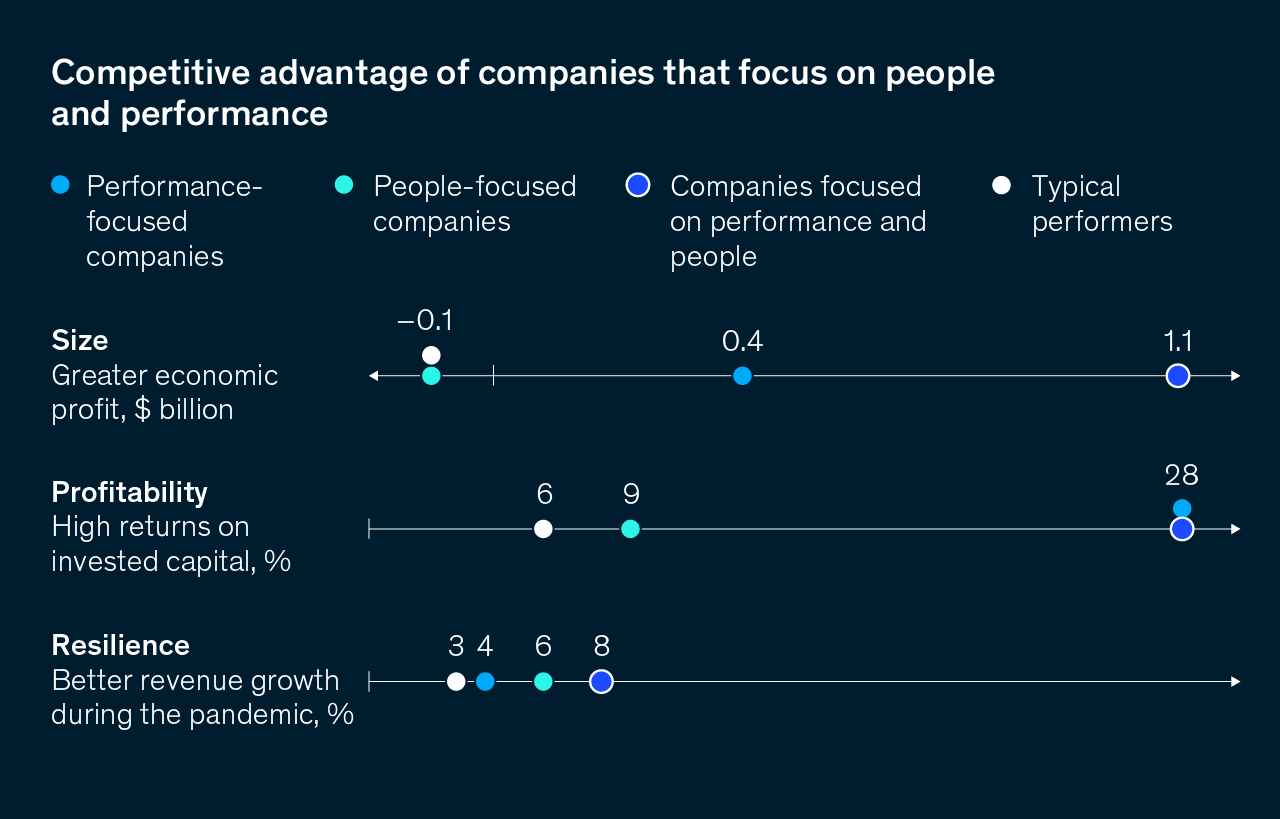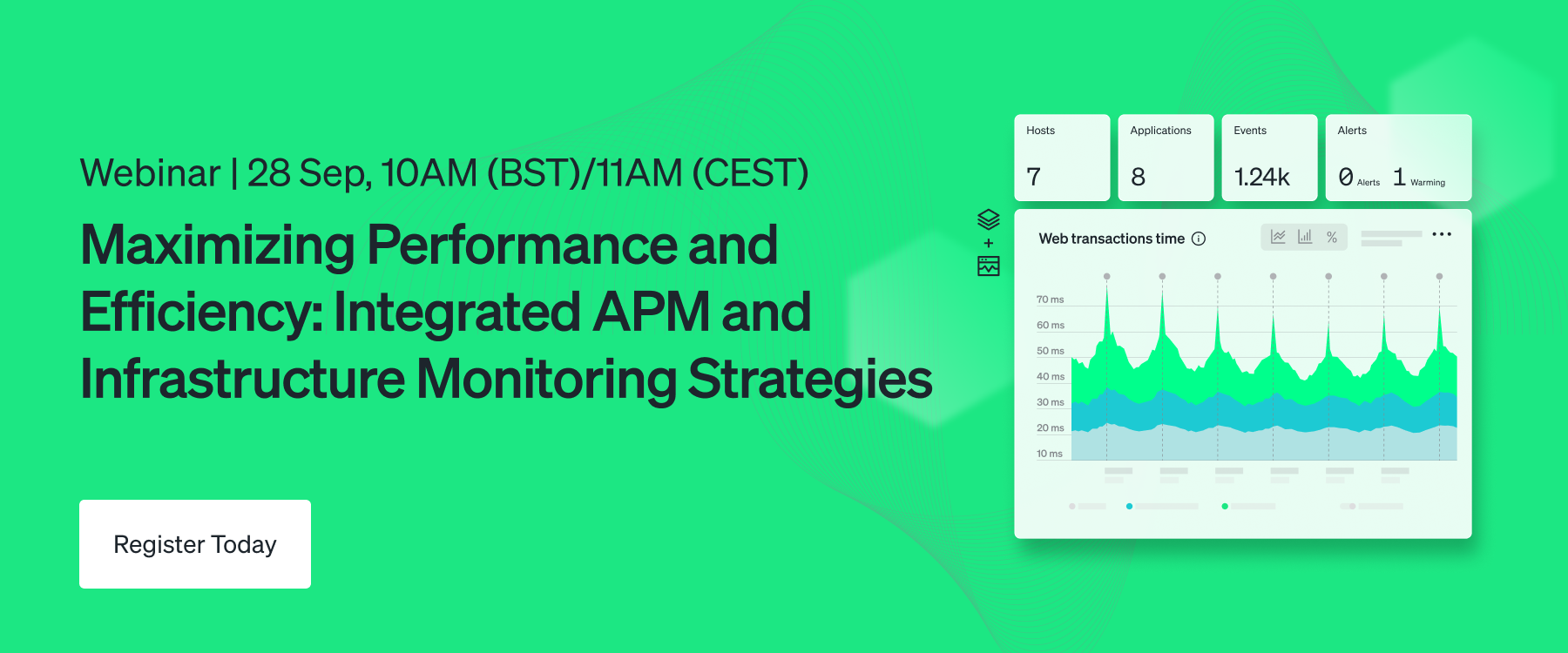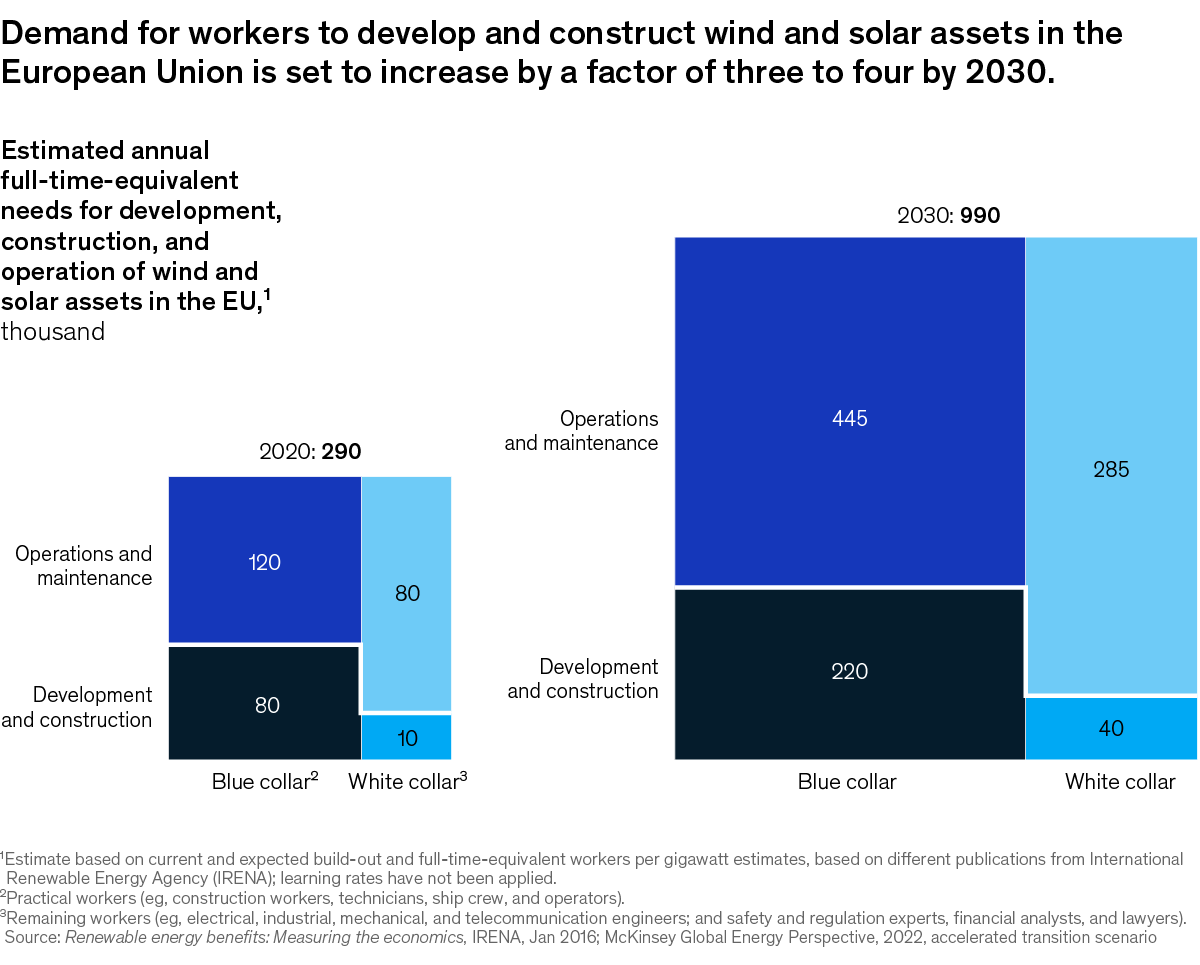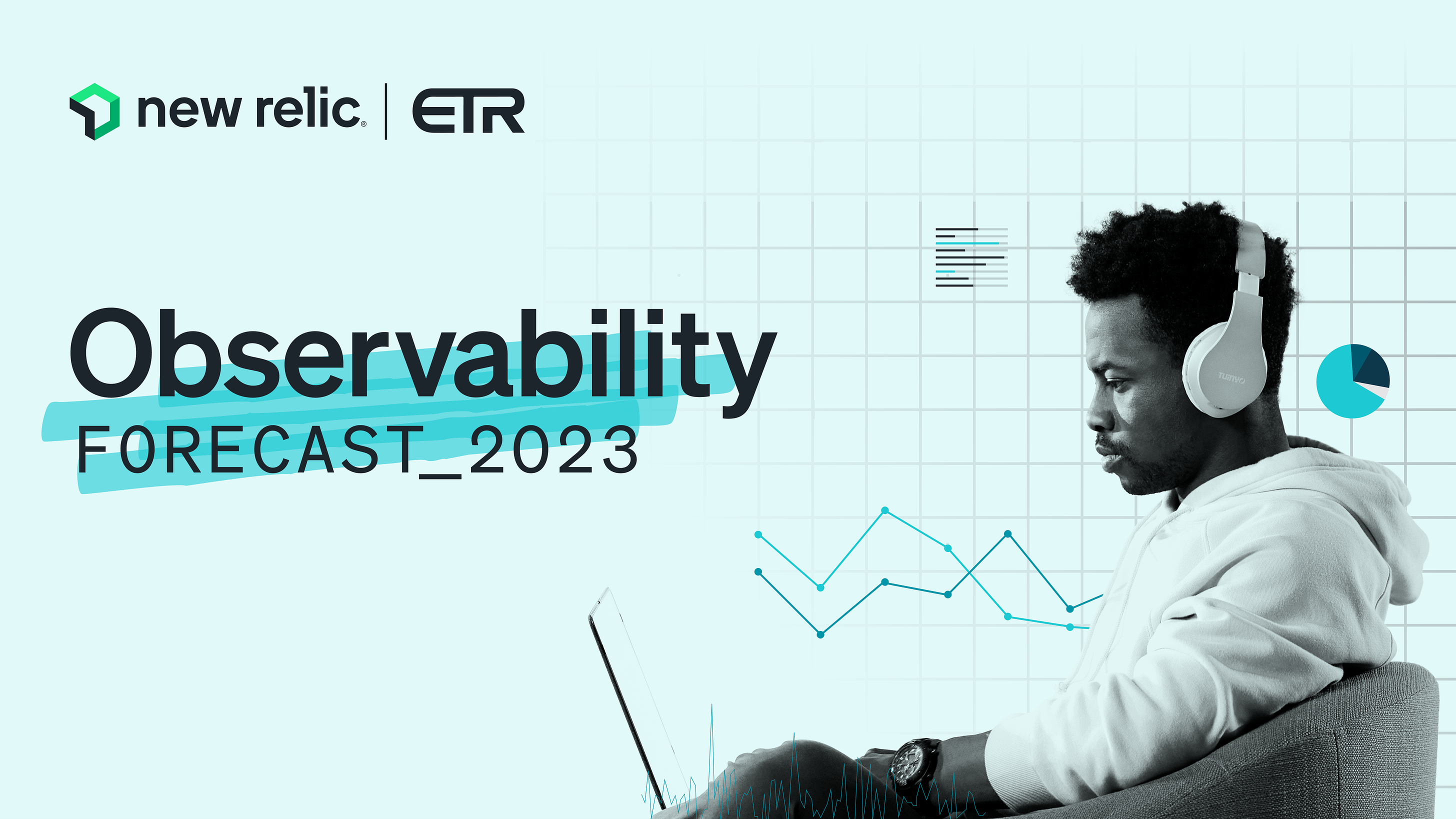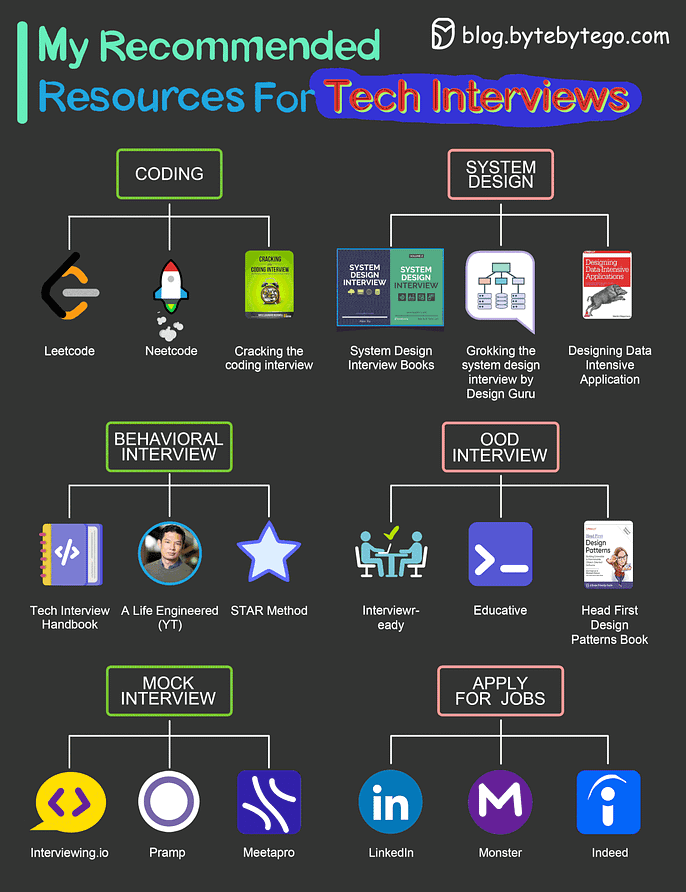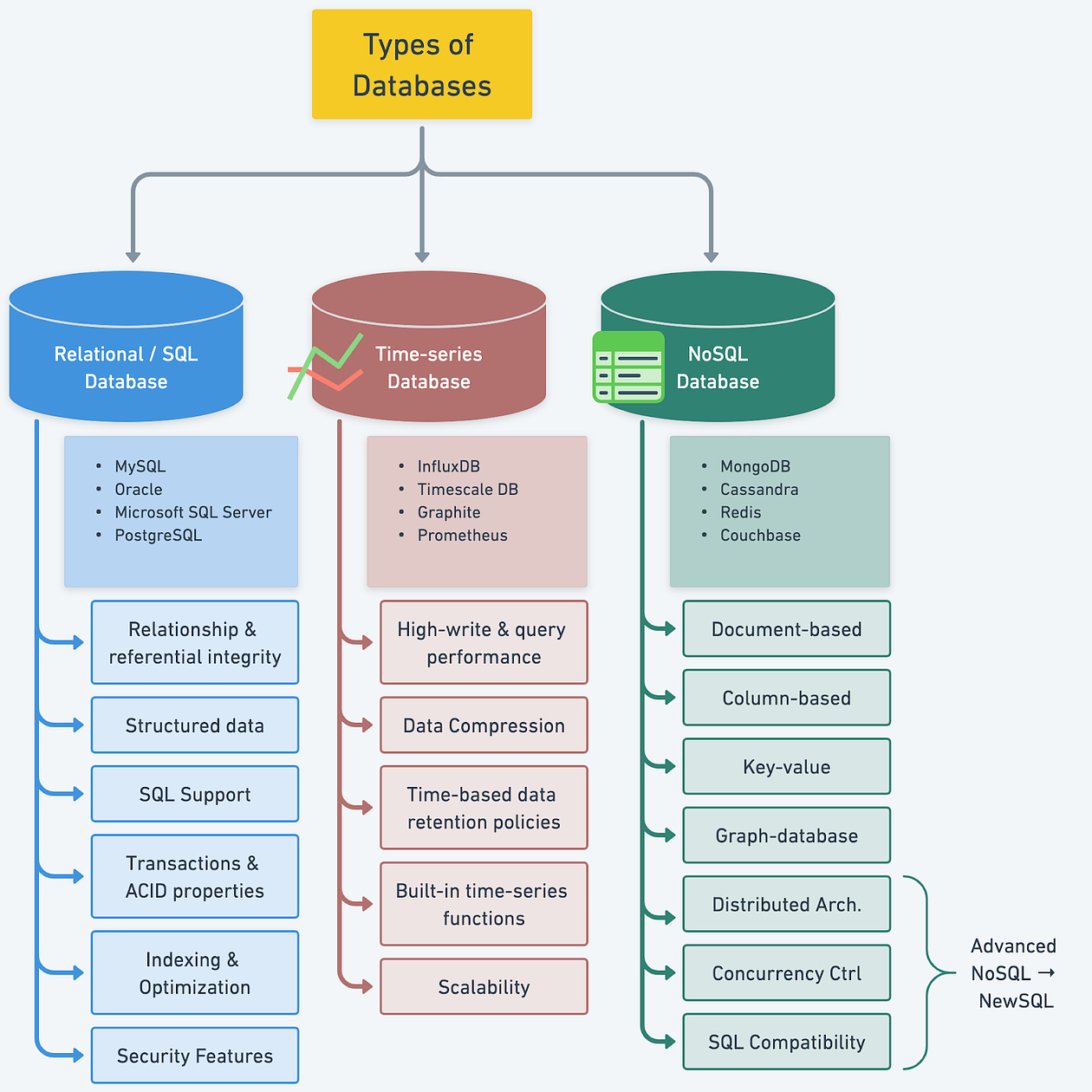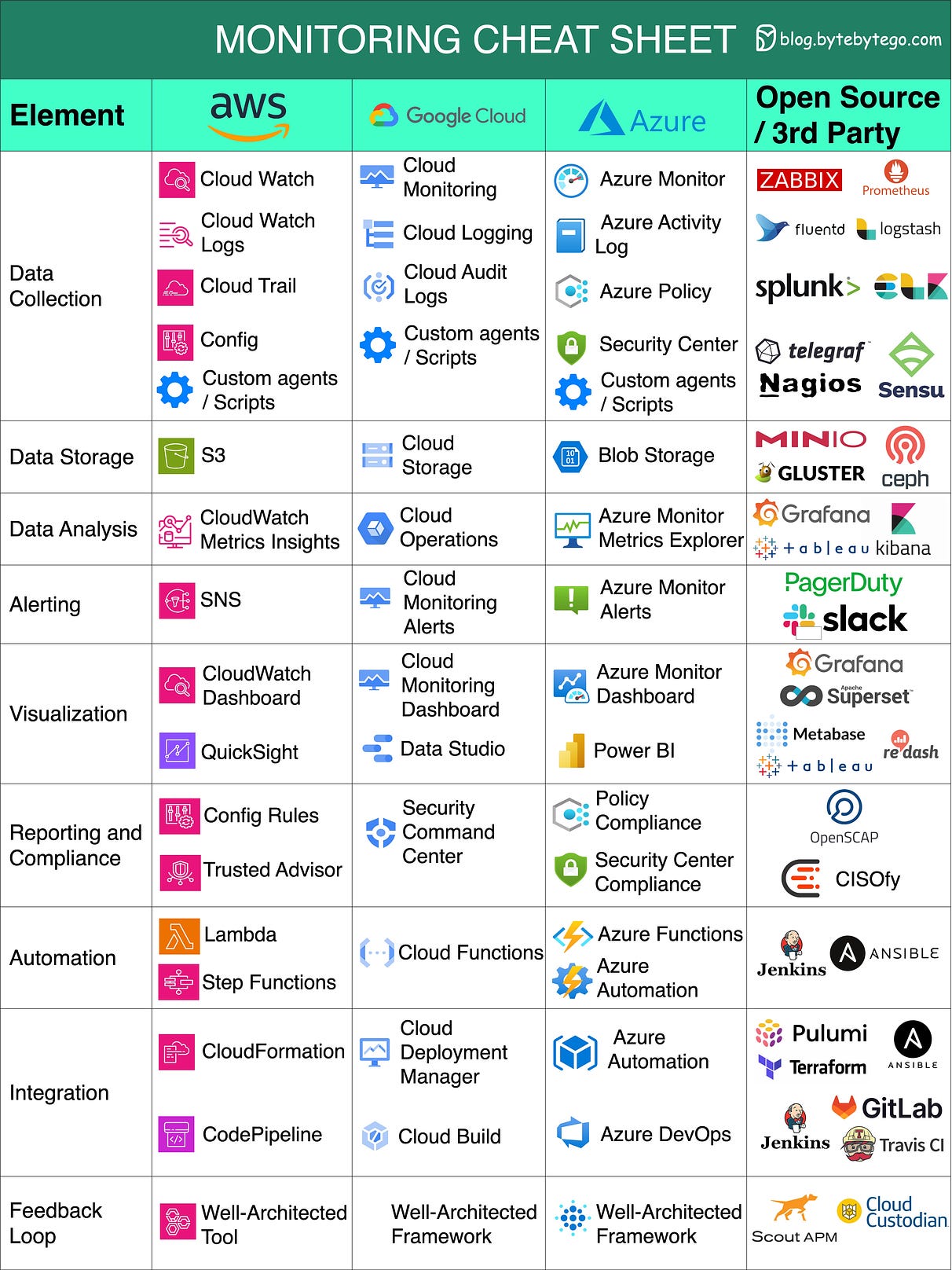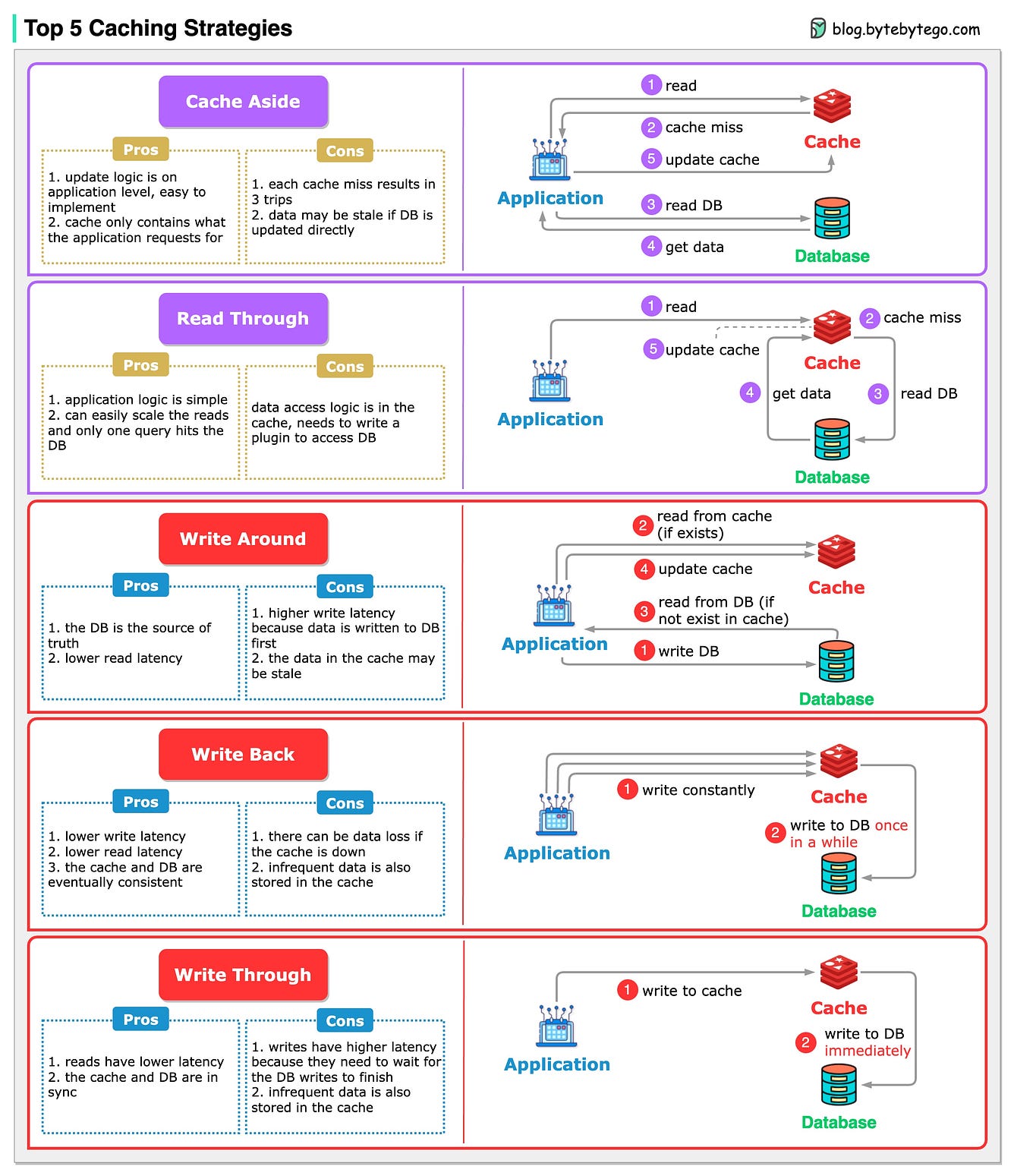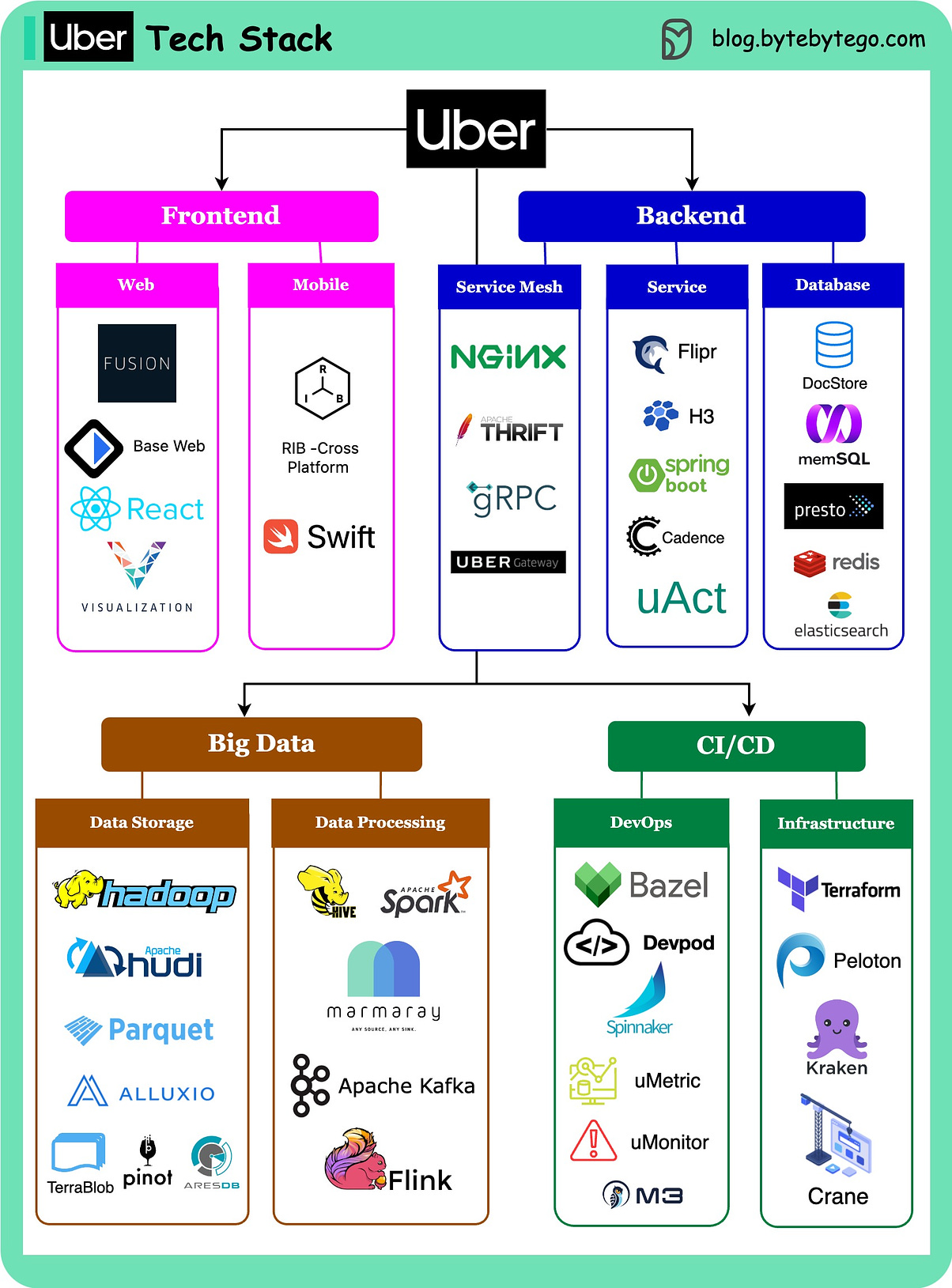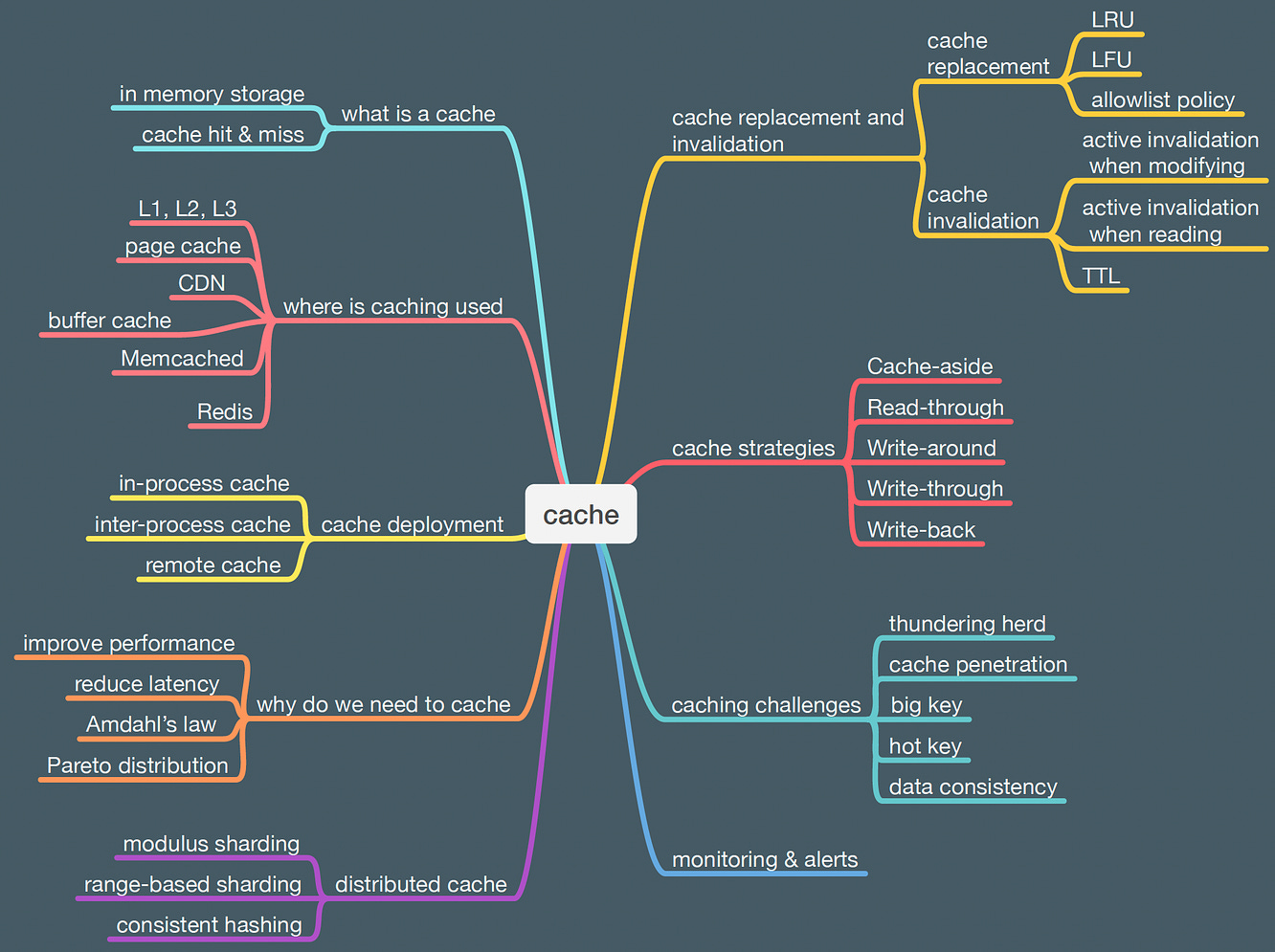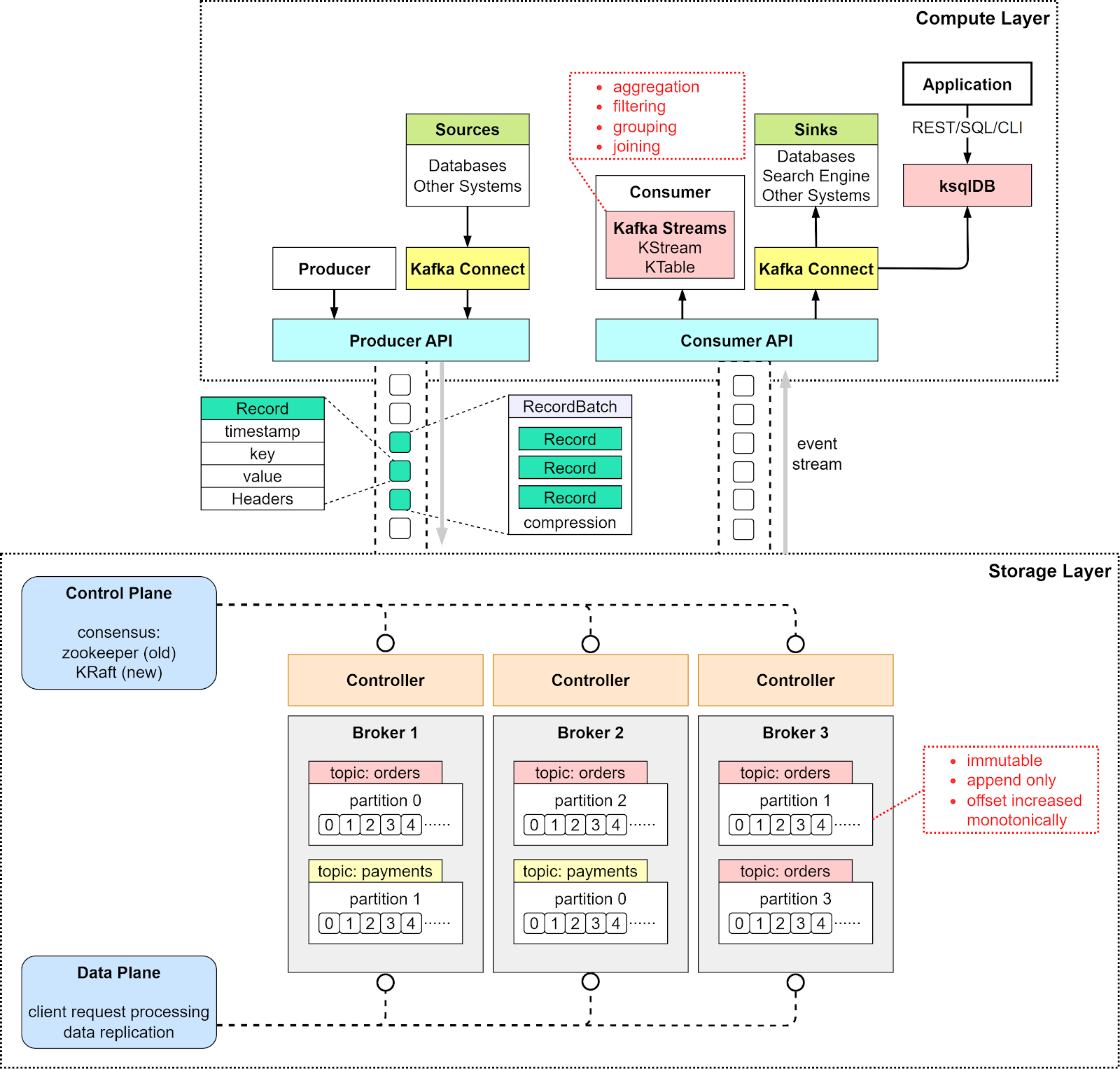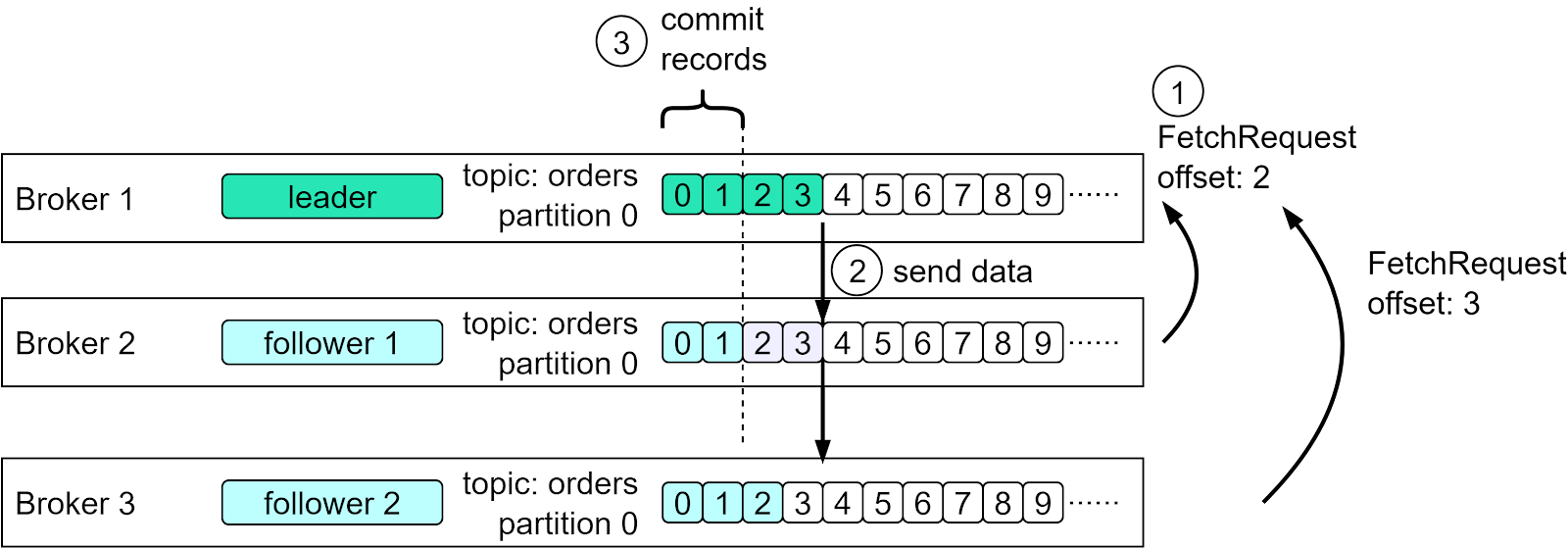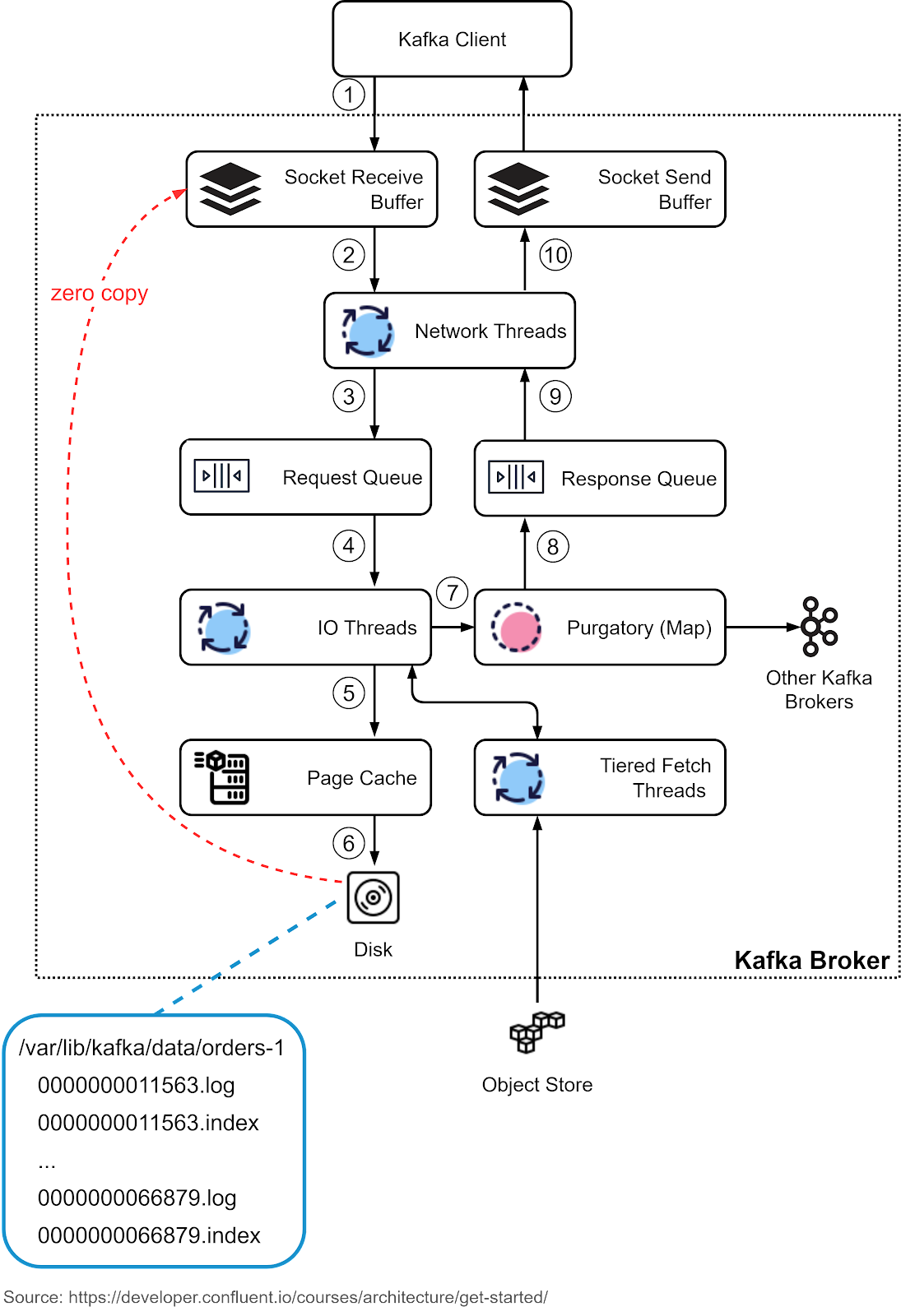Archives
- By thread 5224
-
By date
- June 2021 10
- July 2021 6
- August 2021 20
- September 2021 21
- October 2021 48
- November 2021 40
- December 2021 23
- January 2022 46
- February 2022 80
- March 2022 109
- April 2022 100
- May 2022 97
- June 2022 105
- July 2022 82
- August 2022 95
- September 2022 103
- October 2022 117
- November 2022 115
- December 2022 102
- January 2023 88
- February 2023 90
- March 2023 116
- April 2023 97
- May 2023 159
- June 2023 145
- July 2023 120
- August 2023 90
- September 2023 102
- October 2023 106
- November 2023 100
- December 2023 74
- January 2024 75
- February 2024 75
- March 2024 78
- April 2024 74
- May 2024 108
- June 2024 98
- July 2024 116
- August 2024 134
- September 2024 130
- October 2024 141
- November 2024 171
- December 2024 115
- January 2025 216
- February 2025 140
- March 2025 220
- April 2025 233
- May 2025 239
- June 2025 303
- July 2025 36
-
Impos + ImposPay Spring Sale and EXCLUSIVE Mr Yum Spring Special Offer
Click here if you are having trouble viewing this message.

A Brewery, and a Tech Partnership, Built by Mateship
Your Mates Brewing on the Sunshine Coast in Queensland, Australia, started with two mates, Hep and McGarry, sitting on a blue futon in their makeshift garage bar chatting about life. Drinking craft beer was a new hobby, but after a while, they struggled to find a beer brand they could connect with.
After consuming countless beers (in the name of research), they had given up their search for the perfect beer.
“Maaate, how bloody hard could it be!?” This naive statement marked the beginning of a classic Australian underdog story.
Quitting their jobs to pursue their (new) brewery dream, the fellas were fuelled by a community of mates willing to lend a hand when times got tough. This mateship, combined with several years of blood, sweat, and beers, took the Your Mates name from a coastal garage operation to one of Australia’s most loved independent beer companies.
Now officially boasting the third most popular beer in Australia, Your Mates Brewing is also a case study in tech integrations to improve service efficiencies.
Introducing tech into a people-led environment
Your Mates Brewing’s Operations Manager, Ryan Henshaw, said creating the ideal guest experience is all about leveraging technology to increase efficiencies.
“In the early days, we really held off on any technology because we wanted the interaction to be between people,” Ryan said. “People come here to have a yarn, but then we realised that the tech could enhance the experience so they’re spending more time with their mates rather than with us.
“Instead of being in line, they’re having a chat with their mates over a quick frothy [a cold beer, for our non-Australian audiences]. There’s less crowding at the bar, but of course, not everyone wants to use a QR code, so we love the flexibility of our tech stack.”
Mr Yum x Impos
“Our experience with Mr Yum and Impos has all been really positive,” Ryan said. “Both sides have come together to help us achieve what we want to as a business. There’s always been a solution to any problem that’s come up.
“For example, we’ve just started doing takeaway and wanted to do a family meal deal. Setting that up with two tech partners that need to be fully aligned can be challenging, but it’s all been pretty seamless - we haven’t had any dramas”.
“Data is the biggest reason we went with Mr Yum - we have massive amounts and we haven’t even touched the sides yet. We haven’t started using Connect [CRM] yet, but we’ll be pulling all the information from Mr Yum soon. We did a big crowdfund just before implementation that we ran through Mr Yum - guests couldn’t get their discount otherwise. It was great.
“Impos have been awesome to work with. We use it for all point-of-sale stuff - we haven’t done too much in the back end. There haven’t been any hiccups.”
For more information on the Mr Yum and Impos integration, get in touch here.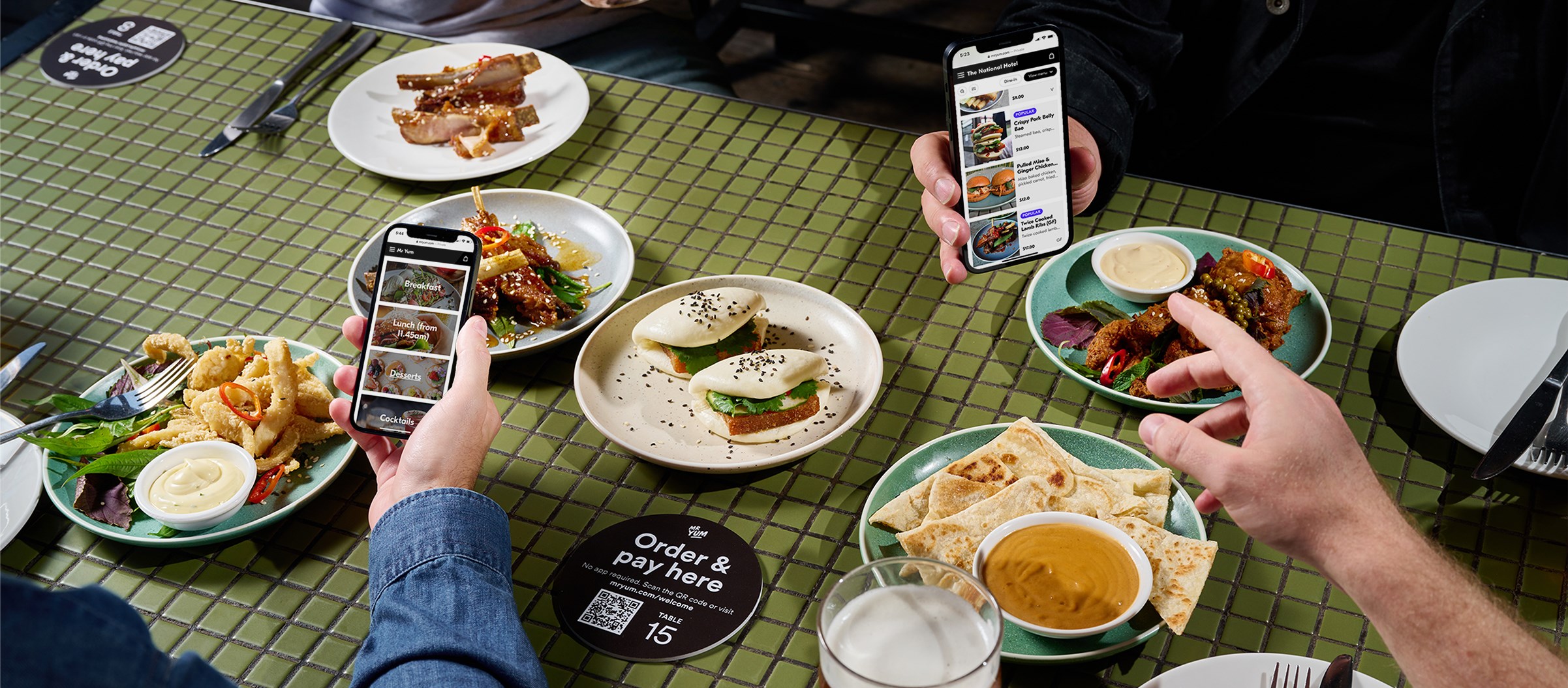
Mr Yum EXCLUSIVE Special Spring Offer *metro areas only*
Mr Yum are Australia's leading order and pay platform and a proud partner of Impos. They are dedicated to providing your customers with the best
ordering experience possible.
How you present your menu is everything; providing customers the chance to scan on their phone for every menu item complete with filtering for vegan, vegetarian and gluten free options, with beautiful photos of every dish.
To enjoy the benefits of Impos and Mr Yum like Your Mates Brewing, Mr Yum are offering an exclusive offer for Impos customers to receive a FREE photo shoot for anyone who signs up by
31st of October, 2023.
Call us on 1300 308 615 for a free demo of Impos or ImposPay today.








3 Bedford Street, Collingwood, 3066
Click here to unsubscribe or to change your Subscription Preferences.
by "Impos News" <news@impos.com.au> - 10:27 - 20 Sep 2023 -
สร้าง Edge ที่ยืดหยุ่นและยั่งยืน
Schneider Electric
เชื่อมต่อกับ Edge Expertสร้าง Edge ที่ยืดหยุ่นและยั่งยืนDear Abul,
โลกกำลังเปลี่ยนแปลงอย่างรวดเร็วเป็นประวัติการณ์ อุตสาหกรรมกำลังเปลี่ยนแปลงเมื่อองค์กรนำเทคโนโลยีใหม่ๆ มาใช้ เช่น ปัญญาประดิษฐ์, 5G, IoT และอื่นๆ
รากฐานของการเปลี่ยนแปลงนี้คือโครงสร้างพื้นฐานทางดิจิทัลที่ขับเคลื่อนตลอดเวลา ซึ่งต้องการให้องค์กรต่างๆ มีความยืดหยุ่นและคล่องตัวในการตอบสนองด้วยนวัตกรรม
ในเซสชันนี้ คุณจะได้ค้นพบว่าชไนเดอร์ อิเล็คทริคสามารถรับมือกับความท้าทายและสร้างอนาคตที่ยั่งยืนในโลกไฟฟ้าใบใหม่ได้อย่างไร โลกที่เปิดใช้งานผ่านศูนย์ข้อมูลที่เชื่อมต่อและยั่งยืน… ในระบบคลาวด์และ Edge+ Lifecycle Services From energy and sustainability consulting to optimizing the life cycle of your assets, we have services to meet your business needs. Schneider Electric
46 Rungrojthanakul Building. 1st, 10th, 11th Floor, Ratchadapisek Road. Huaykwang
Bangkok - 10310, Thailand
Phone +662 617 5555© 2023 Schneider Electric. All Rights Reserved. Schneider Electric is a trademark and the property of Schneider Electric SE, its subsidiaries and affiliated companies. All other trademarks are the property of their respective owners.
by "Noe Noe OO, Schneider Electric" <Marcom.thailand@se.com> - 09:04 - 20 Sep 2023 -
Ensure Electric Fleet Safety with Vehicle Health Monitoring
Ensure Electric Fleet Safety with Vehicle Health Monitoring
Understand how our vehicle health monitoring helps you to keep your electric vehicles safe. Platform | Usecase
Platform | Usecase

Challenges

Limited Visibility: Without real-time insights, EV performance issues go unnoticed.

Battery Degradation: Frequent charging and discharging cycles can lead to battery degradation, reducing the driving range of the electric vans.

Downtime Costs: Electric motors and inverters experience problems like overheating, bearing wear, or electrical faults.

Solutions
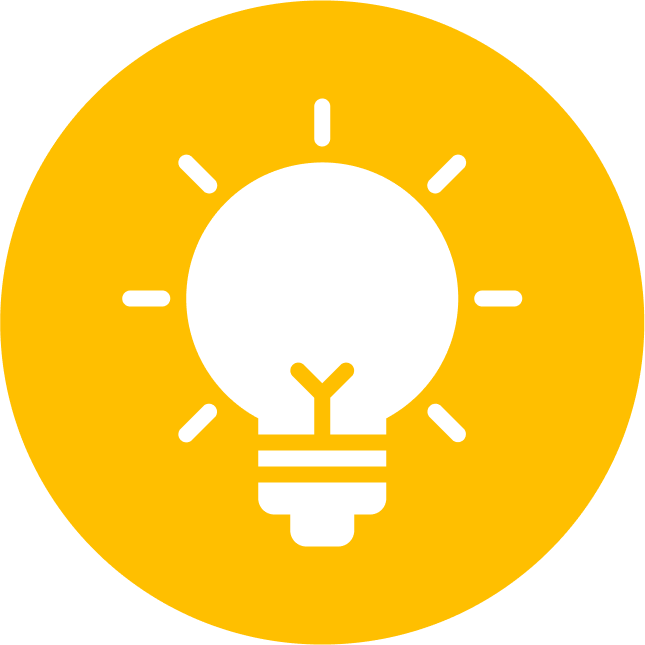
Real-time Insights: Gain instant visibility into EV health, detecting and addressing issues proactively.


Continuous Battery Monitoring: The system continuously tracks battery parameters such as SoC, SoH, temperature, and voltage.


Timely Maintenance: Based on motor data, schedule timely maintenance service when necessary.

Results
%201-1.png)
Maintenance costs reduced by 25%
%201-1.png)
Increase operational efficiency by 15%

Uffizio Technologies Pvt. Ltd., 4th Floor, Metropolis, Opp. S.T Workshop, Valsad, Gujarat, 396001, India
by "Sunny Thakur" <sunny.thakur@uffizio.com> - 08:00 - 20 Sep 2023 -
Societal participation: Could it lead to better health later in life?
Re:think
What matters to older adults FRESH TAKES ON BIG IDEAS
At the McKinsey Health Institute (MHI), we’re focused on a modern perspective of health that extends beyond the physical to include mental, social, and spiritual health. What enhances health, however, changes as we age.
We define healthy aging as having continual “functional capacity”—or the ability to live daily life without undue pain or fatigue. Over time, an individual’s environment becomes increasingly important to being able to function, especially as physical, mental, social, or spiritual capacity declines. For example, an older person with a chronic illness living in a supportive environment may have more functional capacity than someone who is physically well but isolated.
In a recent MHI survey of more than 21,000 adults over 55 in 21 countries, we learned that older adults think five factors matter most to their health and functional capacity. The first four are having purpose, managing stress, being physically active, and interacting with others. The fifth is participating in activities beyond the home that incorporate purpose, stress reduction, movement, and socialization (such as volunteering, employment, learning, or being involved in community programs). People who do these things rate their health higher than their peers who don’t.
In general, older adults are active in their societies, though participation levels vary greatly depending on the context. However, a substantial number of older adults want to be doing more.
When it comes to employment, between 19 and 25 percent of respondents aged 55 and older said they are not working even though they want to work. I’m expressing those percentages as a range because there was some variation among respondents in different types of economies: desire to work was slightly lower in the highest-income societies, but higher in both lower-income and middle-income economies. Lower-income economies also had the highest percentage (38 percent) of respondents who said they are working because they want to, citing personal fulfillment, financial reasons, and health reasons as top factors. Among older adults, 84 percent, 63 percent, and 53 percent of older adults’ primary motivation for working is nonfinancial in India, China, and Brazil, respectively.“Between 19 and 25 percent of respondents aged 55 and older said they are not working even though they want to work.”
We’ve just completed some preliminary work on sizing the potential for increased workforce participation in the United States. We estimate that older adults who are not volunteering but want to do so could contribute an additional 88 hours on average per person annually for a total of 8.7 billion volunteer hours per year. Getting older adults who want to work but are not working to reenter the workforce could add up to $1.7 trillion in incremental annual GDP (or up to 7.2 percent). We are running similar analyses in many of the countries we sampled in our survey and will publish findings soon.
Some communities are starting to find new ways to address aging through social, physical, and political infrastructure. For example, in Hanoi, the NGO HelpAge International in Vietnam established more than 90 Intergenerational Self-Help Clubs in which local older people gather and make decisions about how they want to contribute to their local communities. Club members have collectively raised money to maintain their own club operations, provided microcredit loans to more than 300 members, and helped local community members obtain home care services. The most cited benefit from club members is the significant increase in community unity and solidarity. Similar examples of social support groups also exist in high-income countries. Examples like these highlight the importance of maintaining social connections and engaging older adults and their communities.
Far too often, opportunities that come from having an aging population are overlooked because of the many challenges relating to the largest demographic shift in human history. This is what we really need to rethink: instead of focusing on people’s numerical age, we need to zero in on how to expand their functional capacity.ABOUT THIS AUTHOR
Ellen Feehan is a partner in McKinsey’s New Jersey office.
MORE FROM THIS AUTHOR
UP NEXT
Aditya Sanghvi on the pandemic’s effect on real estate
A recent McKinsey report examined the pandemic’s impact on urban real estate and modeled scenarios for demand through 2030. The bottom line: fewer days in the office has sent shock waves throughout the industry.
Share these insights
This email contains information about McKinsey’s research, insights, services, or events. By opening our emails or clicking on links, you agree to our use of cookies and web tracking technology. For more information on how we use and protect your information, please review our privacy policy.
You received this email because you subscribed to our McKinsey Quarterly alert list.
Copyright © 2023 | McKinsey & Company, 3 World Trade Center, 175 Greenwich Street, New York, NY 10007
by "McKinsey Quarterly" <publishing@email.mckinsey.com> - 02:30 - 20 Sep 2023 -
Investing in employees makes for better workers—and better companies
Five Fifty
Get your briefing Investing in workers is good for organizations—to the tune of $1 billion in economic profit for those that focus on both performance and people, say the McKinsey Global Institute’s Sven Smit, Olivia White, Jonathan Woetzel, and coauthors.
Share these insights
Did you enjoy this newsletter? Forward it to colleagues and friends so they can subscribe too. Was this issue forwarded to you? Sign up for it and sample our 40+ other free email subscriptions here.
This email contains information about McKinsey’s research, insights, services, or events. By opening our emails or clicking on links, you agree to our use of cookies and web tracking technology. For more information on how we use and protect your information, please review our privacy policy.
You received this email because you subscribed to our McKinsey Quarterly Five Fifty alert list.
Copyright © 2023 | McKinsey & Company, 3 World Trade Center, 175 Greenwich Street, New York, NY 10007
by "McKinsey Quarterly Five Fifty" <publishing@email.mckinsey.com> - 10:10 - 20 Sep 2023 -
Successful transformations can help companies generate value, even in times of uncertainty
On Point
A tool for measuring progress Brought to you by Liz Hilton Segel, chief client officer and managing partner, global industry practices, & Homayoun Hatami, managing partner, global client capabilities
•
Disruption in construction. As technology transforms a wide range of industries and tasks, construction has sometimes been maligned as the industry that trails behind the rest. However, construction has incorporated some technologies that have significantly increased productivity. One of the biggest tech innovations has been building information modeling software, which turns blueprints into digital images and can help break down silos between the architects who create the plans and the subcontractors who build them. [HBR]
•
Transformation isn’t either/or. In these uncertain times, C-suite leaders understand the need to transform and reinvent their companies. But they may not know where to start or may believe they must choose between improving overall performance and reinventing the business (which can include shifting a company’s core operating model). Successful transformations are the result of companies willing to think big and move fast in a focused set of business areas, rather than making incremental changes to all areas of the business, McKinsey senior partner Fábio Stul and colleagues explain.
— Edited by Gwyn Herbein, editor, Atlanta
This email contains information about McKinsey's research, insights, services, or events. By opening our emails or clicking on links, you agree to our use of cookies and web tracking technology. For more information on how we use and protect your information, please review our privacy policy.
You received this email because you subscribed to the On Point newsletter.
Copyright © 2023 | McKinsey & Company, 3 World Trade Center, 175 Greenwich Street, New York, NY 10007
by "McKinsey On Point" <publishing@email.mckinsey.com> - 12:05 - 20 Sep 2023 -
The United Nations General Assembly highlights global solidarity, sustainability
Peace, prosperity, progress and sustainability Brought to you by Liz Hilton Segel, chief client officer and managing partner, global industry practices, & Homayoun Hatami, managing partner, global client capabilities
New from McKinsey & Company
Global leaders will gather this week at the 78th session of the United Nations General Assembly (UNGA) to explore a full spectrum of pressing world issues, including economic instability, widening inequality, climate change, an ongoing war, and a lingering pandemic. The theme for this year’s General Debate is “Rebuilding trust and reigniting global solidarity: Accelerating action on the 2030 Agenda and its Sustainable Development Goals towards peace, prosperity, progress and sustainability for all.” Learn about the McKinsey Health Institute’s part in this year’s UNGA, and check out this McKinsey Global Institute report from Anu Madgavkar, Mekala Krishnan, Jonathan Woetzel, Kweilin Ellingrud, Tracy Francis, and coauthors to understand how growth can contribute to higher living standards and a greener world. Then dive into other insights that shine a light on today’s most complex global issues as the UNGA kicks off.
MORE FROM MCKINSEY
To see more essential reading on topics that matter, visit McKinsey Themes.
— Edited by Emily Adeyanju, editor, Charlotte
This email contains information about McKinsey's research, insights, services, or events. By opening our emails or clicking on links, you agree to our use of cookies and web tracking technology. For more information on how we use and protect your information, please review our privacy policy.
You received this email because you subscribed to our McKinsey Global Institute alert list.
Copyright © 2023 | McKinsey & Company, 3 World Trade Center, 175 Greenwich Street, New York, NY 10007
by "McKinsey & Company" <publishing@email.mckinsey.com> - 02:42 - 19 Sep 2023 -
[Online Workshop] Maximising Performance and Efficiency: Integrated APM and Infrastructure Monitoring Strategies
New Relic
Register for this online workshop
 Register for this online workshop on 28th September at 10 AM BST / 11 AM CEST to get a comprehensive introduction into how APM and Infrastructure Monitoring can be powerful tools for extracting valuable insights from your application and system data.
Register for this online workshop on 28th September at 10 AM BST / 11 AM CEST to get a comprehensive introduction into how APM and Infrastructure Monitoring can be powerful tools for extracting valuable insights from your application and system data.
This webinar will delve into the integration of APM and Infrastructure Monitoring data to enhance operational visibility, mitigate risks, and achieve strategic business goals.
In this webinar, you will learn how to:-
Use the new UI components in APM and Infrastructure to locate issues, troubleshoot more quickly, and understand or uncover observability gaps.
-
Understand the UI bridges between APM and Infrastructure that connect performance in your environments
-
Correlate Infrastructure and application performance and utilisation metrics side by side
-
Easily view overall system health and deployments
Register Now 
Need help? Let's get in touch.



This email is sent from an account used for sending messages only. Please do not reply to this email to contact us—we will not get your response.
This email was sent to info@learn.odoo.com Update your email preferences.
For information about our privacy practices, see our Privacy Policy.
Need to contact New Relic? You can chat or call us at +44 20 3859 9190.
Strand Bridge House, 138-142 Strand, London WC2R 1HH
© 2023 New Relic, Inc. All rights reserved. New Relic logo are trademarks of New Relic, Inc
Global unsubscribe page.
by "New Relic Webinars" <emeamarketing@newrelic.com> - 06:06 - 19 Sep 2023 -
-
Innovative organizations are ahead with generative AI. What can we learn from them?
On Point
Five practices that set them apart Brought to you by Liz Hilton Segel, chief client officer and managing partner, global industry practices, & Homayoun Hatami, managing partner, global client capabilities
•
More AI jobs, better managed. Well-run companies are likelier to have posted a higher number of AI-related jobs, a recent study of hundreds of large, publicly held US companies has found. In every category, including customer satisfaction, employee engagement and development, financial strength, innovation, and social responsibility, companies that seek to build a deep bench of talent in AI are outperforming their peers. That makes sense, because effective organizations are able to anticipate future needs, a research director posits. [WSJ]
•
Generating value. Gen AI has captivated the business world. Yet most organizations struggle to reap the full benefits of their digital investments. Gen AI could play out similarly if leaders deploy it without priming their organizations, McKinsey senior partner Ben Fletcher and coauthors explain. There’s a startlingly strong connection between companies with strong innovative cultures and operating models and their ability to increase value through the newest digital technologies, a 2023 McKinsey Global Survey found.
— Edited by Belinda Yu, editor, Atlanta
This email contains information about McKinsey's research, insights, services, or events. By opening our emails or clicking on links, you agree to our use of cookies and web tracking technology. For more information on how we use and protect your information, please review our privacy policy.
You received this email because you subscribed to the On Point newsletter.
Copyright © 2023 | McKinsey & Company, 3 World Trade Center, 175 Greenwich Street, New York, NY 10007
by "McKinsey On Point" <publishing@email.mckinsey.com> - 12:12 - 19 Sep 2023 -
Automated Maintenance Tracking System for Vehicles Operating into the Trucking Industry
Automated Maintenance Tracking System for Vehicles Operating into the Trucking Industry
Know how fleet reminders help in maintaining a proper fleet maintenance schedule Platform | Usecase
Platform | Usecase

Challenges

Managing maintenance schedules manually are time-consuming for fleet managers.

Missing fleet maintenance leads to costly breakdowns.

Managing inspections and documentation manually causes error.

Solutions

Flexible maintenance schedules in the software for specific fleet needs.


Reminders based on mileage, or engine hours for key maintenance tasks.


Notifications via email and SMS to keep managers informed.

Results
%201-1.png)
Reduce downtime by 30%
%201-1.png)
Reduce compliance-related incidents by 25%

Uffizio Technologies Pvt. Ltd., 4th Floor, Metropolis, Opp. S.T Workshop, Valsad, Gujarat, 396001, India
by "Sunny Thakur" <sunny.thakur@uffizio.com> - 08:00 - 18 Sep 2023 -
Workforce mental health: A leader’s guide
Top of mind Brought to you by Liz Hilton Segel, chief client officer and managing partner, global industry practices, & Homayoun Hatami, managing partner, global client capabilities
The COVID-19 pandemic brought workforce behavioral health (mental health and substance use) into the spotlight for employers—and some leading companies responded with positive actions. But much more remains to be done. Even before the pandemic, employee stress and burnout were resulting in absenteeism, diminished productivity, and rising healthcare costs. Today, workers are asking for more behavioral-health services even as employers struggle to provide them. And while some leaders think they’re doing a good job of supporting mental health, employees don’t agree. Here’s a look at some of the issues to consider.
Employers have a big role to play in improving the mental health of tomorrow’s workforce—and currently, that workforce may be in crisis. In a global survey of more than 40,000 respondents, “Gen Z reported a perceived mental health that was much poorer than any other generation,” says McKinsey partner Erica Coe. Overuse of social media, educational interruptions during the COVID-19 pandemic, global unrest, and climate anxiety are among the many factors fueling higher rates of anxiety, depression, and distress in Gen Z than in any other age group. “Worldwide, at least 200 million children and teenagers struggle with a mental health disorder,” notes Harold Koplewicz, founding president and medical director of the Child Mind Institute. Imperatives for employers include early intervention, promoting mental health literacy among youth, and investing in mental health support in the workplace.
That’s from a report by the American Heart Association’s CEO Roundtable, a group of business leaders who promote an organizational culture of health. One reason for the high cost of depression may be employees’ fear of talking about mental health conditions in the workplace because of the associated stigma. Our research shows that many employees with a behavioral-health condition avoid treatment because they don’t want people finding out about their mental illness or substance use disorder. “Taking the right kind of actions can shift the dialogue from stigma to support,” suggest McKinsey experts. “For starters, employers can change the misperception that a behavioral-health condition is a moral failing. These conditions are treatable diseases like other medical conditions.”
“If we’re not taking care of people, then what are we doing?” asks Poppy Jaman, CEO of the global nonprofit group MindForward Alliance, in a discussion with McKinsey. Jaman believes that workplace mental health should be considered a business goal: “We are introducing well-being capital as a business framework,” she says. “When you create an environment of psychological safety and well-being, you create well-being capital, which boosts performance in healthy ways and enhances your bottom line.” Ways for organizations to develop well-being capital include leading with compassion, redesigning jobs to reduce stress, and investing in mental health awareness campaigns. It’s also important for leaders to address “languishing,” notes Jaman. This occurs when people may not feel depressed enough to quit but “lack drive and are just muddling through each day,” she says. “They don’t have ill health, but they also aren’t well.”
Indulging in a full-on digital detox may be considered healthy, but many people may find it unrealistic to switch off completely. Rather, organizations may need to maximize the benefits of screen time while recognizing its negative effects on mental health, particularly in the case of Gen Z workers. For example, while social media can support connection and creativity, it can also be a platform for cyberbullying and hate speech. McKinsey’s Alistair Carmichael suggests that employers and business leaders “use social media as a positive for self-expression, community building, and using corporate social media to be a force for good. This requires listening, being authentic, and trying not to control.”
Lead by supporting mental health.
— Edited by Rama Ramaswami, senior editor, New York
Share these insights
Did you enjoy this newsletter? Forward it to colleagues and friends so they can subscribe too. Was this issue forwarded to you? Sign up for it and sample our 40+ other free email subscriptions here.
This email contains information about McKinsey’s research, insights, services, or events. By opening our emails or clicking on links, you agree to our use of cookies and web tracking technology. For more information on how we use and protect your information, please review our privacy policy.
You received this email because you subscribed to the Leading Off newsletter.
Copyright © 2023 | McKinsey & Company, 3 World Trade Center, 175 Greenwich Street, New York, NY 10007
by "McKinsey Leading Off" <publishing@email.mckinsey.com> - 02:41 - 18 Sep 2023 -
Retaining parents can benefit companies. Here’s how to create more family-friendly organizations.
On Point
Understanding working parents’ concerns Brought to you by Liz Hilton Segel, chief client officer and managing partner, global industry practices, & Homayoun Hatami, managing partner, global client capabilities
•
Comprehensive flexibility. By making work truly flexible, organizations can protect worker autonomy while also safeguarding productivity, research by an organizational psychology professor finds. To start, companies can engage employees to reshape what they do (tailoring jobs to match individual strengths) and how they do it (including where and when people work). Offering workload flexibility—the chance to work full-time, part-time, or share job duties with a coworker—can give people who have difficulty working a traditional 9-to-5 job, such as some parents, employment opportunities. [HBR]
•
Pandemic parenting pains. As employers and employees continue to find their footing postpandemic, many working parents still struggle with childcare challenges. A 2022 survey McKinsey conducted in partnership with a national nonprofit shows that 45% of mothers with young kids who departed the workforce during the pandemic said that childcare was a major reason why they left, reveal McKinsey senior partner Alexis Krivkovich and colleagues. The loss of these parents, many of whom were midtenure workers, also means a loss of valuable functional and institutional knowledge for companies.
— Edited by Gwyn Herbein, editor, Atlanta
This email contains information about McKinsey's research, insights, services, or events. By opening our emails or clicking on links, you agree to our use of cookies and web tracking technology. For more information on how we use and protect your information, please review our privacy policy.
You received this email because you subscribed to the On Point newsletter.
Copyright © 2023 | McKinsey & Company, 3 World Trade Center, 175 Greenwich Street, New York, NY 10007
by "McKinsey On Point" <publishing@email.mckinsey.com> - 10:06 - 17 Sep 2023 -
Unleash Your Creativity with Adobe MAX Online.
Adobe
Meet the MAX 2023 Creator Rockstars.
World-class speakers to ignite your creative journey.
Prepare to be blown away, because we've assembled an extraordinary line-up of visionaries and creator rockstars for the Adobe MAX Online Event. Seize the chance to fuel your creativity like never before.

Kode Abdo (BossLogic)Digital Artist / Art Director / Producer

Mikaela Stafford3D Motion Graphic Artist
and Creative Director
Dylan MooneyArtist – Drawing, Painting
and Illustration2023 Diamond sponsors


2023 Platinum sponsors
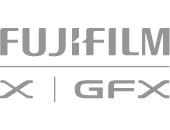
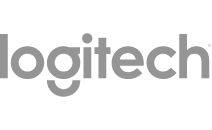
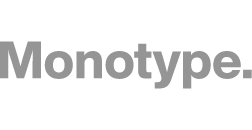
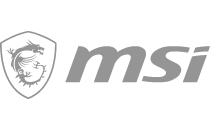 Creativity for all.Adobe and the Adobe logo are either registered trademarks or trademarks of Adobe in the United States and/or other countries. This is not a comprehensive list of all Adobe trademarks. For a full list, refer to the Adobe List of Trademarks. All other trademarks are the property of their respective owners.
Creativity for all.Adobe and the Adobe logo are either registered trademarks or trademarks of Adobe in the United States and/or other countries. This is not a comprehensive list of all Adobe trademarks. For a full list, refer to the Adobe List of Trademarks. All other trademarks are the property of their respective owners.
By clicking on some of the links in this email, you might be redirected to forms that will be pre-populated with your contact information.
This is a marketing email from Adobe Systems Software Ireland Limited, 4‑6 Riverwalk, Citywest Business Park, Dublin 24, Ireland.
Click here to unsubscribe or send an unsubscribe request to the postal address above. Please review the Adobe Privacy Policy:
Australia
New Zealand
Indonesia
Malaysia
Philippines
Vietnam
Singapore
India
Hong Kong
To ensure email delivery, add demand@info.adobe.com to your address book, contacts, or safe sender list.
If you have a privacy-related complaint, send it to: privacy@adobe.com
View in browser
by "Adobe Creative Cloud for Business" <demand@info.adobe.com> - 10:05 - 17 Sep 2023 -
The week in charts
The Week in Charts
Clean-energy jobs, outperforming with ESG, and more Share these insights
Did you enjoy this newsletter? Forward it to colleagues and friends so they can subscribe too. Was this issue forwarded to you? Sign up for it and sample our 40+ other free email subscriptions here.
This email contains information about McKinsey's research, insights, services, or events. By opening our emails or clicking on links, you agree to our use of cookies and web tracking technology. For more information on how we use and protect your information, please review our privacy policy.
You received this email because you subscribed to The Week in Charts newsletter.
Copyright © 2023 | McKinsey & Company, 3 World Trade Center, 175 Greenwich Street, New York, NY 10007
by "McKinsey Week in Charts" <publishing@email.mckinsey.com> - 03:56 - 16 Sep 2023 -
EP77: My Recommended Materials for Cracking Your Next Technical Interview
EP77: My Recommended Materials for Cracking Your Next Technical Interview
This week’s system design refresher: My recommended materials for cracking your next technical interview Cheat Sheet for Monitoring Infrastructure in Cloud Services Top 5 Caching Strategies Uber Tech Stack How many message queues do you know? The 2023 Observability Forecast report is here! (Sponsored) Forwarded this email? Subscribe here for moreThis week’s system design refresher:
My recommended materials for cracking your next technical interview
Cheat Sheet for Monitoring Infrastructure in Cloud Services
Top 5 Caching Strategies
Uber Tech Stack
How many message queues do you know?
The 2023 Observability Forecast report is here! (Sponsored)
The third annual Observability Forecast by New Relic is out now! We surveyed 1,700 technology professionals—making it the largest, most comprehensive study of its kind in the observability industry. The survey results show that observability continues to deliver a clear, positive business impact and a 2x median annual return on investment (ROI). Organizations continue to see the business value of observability—and expect to invest more in it.
My recommended materials for cracking your next technical interview
Coding
Leetcode
Cracking the coding interview book
Neetcode
System Design Interview
System Design Interview Book 1, 2 by Alex Xu, Sahn Lam
Grokking the system design by Design Guru
Design Data-intensive Application book
Behavioral interview
Tech Interview Handbook (Github repo)
A Life Engineered (YT)
STAR method (general method)
OOD Interview
Interviewready
OOD by educative
Head First Design Patterns Book
Mock interviews
Interviewingio
Pramp
Meetapro
Apply for Jobs
Linkedin
Monster
Indeed
Over to you: What is your favorite interview prep material?
Latest articles
If you’re not a subscriber, here’s what you missed this month.
To receive all the full articles and support ByteByteGo, consider subscribing:
A nice cheat sheet of different monitoring infrastructure in cloud services
This cheat sheet offers a concise yet comprehensive comparison of key monitoring elements across the three major cloud providers and open-source / 3rd party tools.
Let's delve into the essential monitoring aspects covered:
Data Collection: Gather information from diverse sources to enhance decision-making.
Data Storage: Safely store and manage data for future analysis and reference.
Data Analysis: Extract valuable insights from data to drive informed actions.
Alerting: Receive real-time notifications about critical events or anomalies.
Visualization: Present data in a visually comprehensible format for better understanding.
Reporting and Compliance: Generate reports and ensure adherence to regulatory standards.
Automation: Streamline processes and tasks through automated workflows.
Integration: Seamlessly connect and exchange data between different systems or tools.
Feedback Loops: Continuously refine strategies based on feedback and performance analysis.
Over to you: How do you prioritize and leverage these essential monitoring aspects in your domain to achieve better outcomes and efficiency?
One picture is worth a thousand words - Top 5 Caching Strategies
When we introduce a cache into the architecture, synchronization between the cache and the database becomes inevitable.
Let’s look at 5 common strategies how we keep the data in sync.
Read Strategies:
Cache aside
Read throughWrite Strategies:
Write around
Write back
Write Through
The caching strategies are often used in combination. For example, write-around is often used together with cache-aside to make sure the cache is up-to-date.
Over to you: What strategies have you used?Uber Tech Stack
This post is based on research from many Uber engineering blogs and open-source projects. If you come across any inaccuracies, please feel free to inform us. The corresponding links are added in the comment section.
Web frontend: Uber builds Fusion.js as a modern React framework to create robust web applications. They also develop visualization.js for geospatial visualization scenarios.
Mobile side: Uber builds the RIB cross-platform with the VIPER architecture instead of MVC. This architecture can work with different languages: Swift for iOS, and Java for Android.
Service mesh: Uber built Uber Gateway as a dynamic configuration on top of NGINX. The service uses gRPC and QUIC for client-server communication and Apache Thrift for API definition.
Service side: Uber built a unified configuration store named Flipr (later changed to UCDP), H3 as a location-index store library. They use Spring Boot for Java-based services, uAct for event-driven architecture, and Cadence for async workflow orchestration.
Database end: the OLTP mainly uses the strongly-consistent DocStore, which employs MySQL and PostgreSQL, along with the RocksDB database engine.
Big data: managed through the Hadoop family. Hudi and Parquet are used as file formats, and Alluxio serves as cache. Time-series data is stored in Pinot and AresDB.
Data processing: Hive, Spark, and the open-source data ingestion framework Marmaray. Messaging and streaming middleware include Apache Kafka and Apache Flink.
DevOps side: Uber utilizes a Monorepo, with a simplified development environment called devpod. Continuous delivery is managed through Netflix Spinnaker, metrics are emitted to uMetric, alarms on uMonitor, and a consistent observability database M3.How many message queues do you know?
Like a post office, a message queue helps computer programs communicate in an organized manner. Imagine little digital envelopes being passed around to keep everything on track. There are a few key features to consider when selecting message queues:
Speed: How fast messages are sent and received
Scalability: Can it grow with more messages
Reliability: Will it make sure messages don’t get lost
Durability: Can it keep messages safe over time
Ease of Use: Is it simple to set up and manage
Ecosystem: Are there helpful tools available
Integration: Can it play nice with other software
Protocol Support: What languages can it speak
Try out a message queue and practice sending and receiving messages until you're comfortable. Choose an easy one like Kafka and experiment with sending and receiving messages. Read books or take online courses as you get more comfortable. Build little projects and learn from those who have already been there. Soon, you'll know everything about message queues.
Latest articles
Here are the latest articles you may have missed:
To receive all the full articles and support ByteByteGo, consider subscribing:
Like
Comment
Restack
© 2023 ByteByteGo
548 Market Street PMB 72296, San Francisco, CA 94104
Unsubscribe
by "ByteByteGo" <bytebytego@substack.com> - 11:35 - 16 Sep 2023 -
Become a certified API platform engineer with Tyk
Become a certified API platform engineer with Tyk
Discover the processes, people and API platforms that make platform teams successful!It's that time of year again – back to school season! But don't worry; we're not here to make you endure any roll call or algebraic equations.
Instead, we want to celebrate a different kind of learning: the art and science of API platform engineering.
Introducing the Tyk API platform engineering fundamentals certification! A 7-week programme that will equip you with the skills and knowledge to architect, develop, and deploy cloud-native API platforms.
So, grab your metaphorical backpack and join us for a journey filled with learning, growth, and exciting possibilities. We've also got blogs and upcoming events – something for everyone to explore the processes, people, and API platforms that make platform teams successful.
Check them all out below!
P.S. Want to hear more from Tyk? Subscribe to our newsletter here.

Tyk in the limelight
API platform engineering fundamentals
Whether you're a seasoned pro or just starting to dabble in the world of APIs, our certification will enable you to upskill your role within the platform team. And the best part? It's not just about theory; it's about practical, real-world knowledge you can apply immediately. The programme starts on 28 September. Get signed up!

The resource hub
New blogs on the block
API gateway checklist for platform teams
You've decided your platform team needs an API gateway. Great. Now, the fun begins. We’ve covered everything you need to know to implement your API gateway smoothly and gain maximum benefit. Let us show you how.
Onboarding distributed teams
Workers spread all around the globe? No problem! Tyk's platform gives API owners everything they need to collaborate and mature their API operations, no matter how widely dispersed individual developers may be. Read the blog.
CI/CD and platform engineering
We break down and examine why CI/CD and platform engineering are now crucial to creating a robust software ecosystem and map out some best practices for setting things up efficiently. Find out more.

Coming to a location near you
Here are all the details on the latest and greatest events and speaker slots coming up in the Tyk universe:
Want to be the first to hear about our events? Sign up here to stay in the loop.
We also have a PLETHORA of webinars on all sorts of API-related topics you can crack into and watch on-demand here. Go on, you know you want to check them out.
Looking for some inspiration to kickstart the back-to-school spirit? Tune in to Tyk's Spotify playlist, setting the perfect rhythm for a season of growth and learning!
Tyk, 87a Worship Street, London, City of London EC2A 2BE, United Kingdom, +44 (0)20 3409 1911
by "Budhaditya Bhattacharya" <communities@tyk.io> - 08:33 - 15 Sep 2023 -
New DevCon: OpenVINO Model Server and scientific data
New DevCon: OpenVINO Model Server and scientific data
Join us live on Oct 10th to dive into AI modeling for cell therapy.


Bringing Together Scientific Data and Custom AI Models with OpenVINO™ Model Server
October 10, 2023; 7PM-8PM IST
Register now 


OpenVINO DevCon has added a new workshop for October with a focus on AI and biopharma. AI is changing the way clinical pharmaceutical scientists extract meaningful insights and develop innovations for the healthcare industry.
In this talk, experts from Intel and Beckman Coulter Life Sciences will share an end-to-end case study on how they leveraged OpenVINO™ Toolkit optimizations and OpenVINO Model Server to unlock AI performance for their CellAI toolbox.
Attendees will learn:
- How to unlock higher model performance for scientific AI models with OpenVINO optimizations
- How to efficiently deploy scientific AI models using OpenVINO Model Server and AiCSD
- How and where to contribute to the open-source development of AI model technologies in the life sciences domain
Register today 


Kaleb Kuether
Solution Architect, Intel
Kaleb is the solution architect for the recently released Intel open-source sample AI Connect for scientific data (AiCSD).

Nooshin Nabizadeh
AI Solutions Architect, Intel
Nooshin has worked with dozens of healthcare companies to optimize their deep learning algorithms for inference and has been involved in development and adoption of OpenVINO™ toolkit in the healthcare space.

Milosz Zeglarski
Software Engineer, Intel
Throughout his career, Milosz has focused on deploying AI models and pipelines on different platforms and environments.

Ria Cheruvu
AI Software Lead Architect and AI Evangelist, Intel
Ria is a renowned speaker who focuses on solutions for security and privacy for machine learning, fairness, explainable and responsible AI systems, uncertain AI, and more.

Gabriele Aldeghi
Senior Data Scientist, Beckham Coulter Life Sciences
Gabriele specializes in Computer Vision and Image Processing applications with Deep Learning on biological data.

Filip Krasniqi
Senior Data Scientist, Beckham Coulter Life Sciences
With a focus on Data Science and particularly Computer Vision and Deep Learning, Filip works in both SE and AI skills and dealing with MSC cells.On-Demand DevCon Workshops
OpenVINO™ Toolkit 2023.0 – See What’s New

How to Leverage OpenVINO’s Acceleration in Generative AI

Beyond the Continuum: The Importance of Quantization in Deep Learning

How to Build a Smart Queue Management System







If you forward this email, your contact information will appear in any auto-populated form connected to links in this email.
This was sent to info@learn.odoo.com because you are subscribed to Webinars. To view and manage your marketing-related email preferences with Intel, please click here.
© 2023 Intel Corporation
Intel Corporation, 2200 Mission College Blvd., M/S RNB4-145, Santa Clara, CA 95054 USA. www.intel.com
Privacy | Cookies | *Trademarks | Unsubscribe | Manage Preferences
by "Intel Developer Zone" <intel.developer.zone@plan.intel.com> - 12:32 - 15 Sep 2023 -
Want to help save the planet? Here’s how to truly value nature.
On Point
An Author Talks interview Brought to you by Liz Hilton Segel, chief client officer and managing partner, global industry practices, & Homayoun Hatami, managing partner, global client capabilities
•
Preventing wildfires. Some experts are calling for wild horses to be given a chance to help protect natural habitats. One postdoctoral researcher believes that the grazing behavior of wild horses can shield dry lands against wildfires. A US nonprofit recommends that the animals be relocated to landscapes to roam freely. According to its founder, by eating dry grass and the lower branches of trees, horses deprive fires of their fuel and protect natural areas from wildfires. [Atlantic]
•
The benefits of nature. “I was looking for a book I thought I could give to friends and colleagues to try to explain natural capital, and I couldn’t find one,” says climate investor Siddarth Shrikanth, who explains in a recent edition of Author Talks why he wrote the book The Case for Nature: Pioneering Solutions for the Other Planetary Crisis. In it, Shrikanth explores the economic and intrinsic reasons for protecting nature, including better agriculture, better forestry, and a more meaningful relationship with the natural world.
— Edited by Katherine Tam, editor, New York
This email contains information about McKinsey's research, insights, services, or events. By opening our emails or clicking on links, you agree to our use of cookies and web tracking technology. For more information on how we use and protect your information, please review our privacy policy.
You received this email because you subscribed to the On Point newsletter.
Copyright © 2023 | McKinsey & Company, 3 World Trade Center, 175 Greenwich Street, New York, NY 10007
by "McKinsey On Point" <publishing@email.mckinsey.com> - 12:29 - 15 Sep 2023 -
Keep Your Transport Vehicles Safe and Efficient with Tire Pressure Monitoring Systems
Keep Your Transport Vehicles Safe and Efficient with Tire Pressure Monitoring Systems
Discover how TPMS transforms long-distance goods transportationSolutions with TPMS

Provided real-time tire pressure and temperature data.


Instant alerts for tire pressure and temperature deviations from preset thresholds.


Historical tire data for informed maintenance decisions.
.png?width=1100&upscale=true&name=Group%20350451687%20(1).png)
Results
%201-1.png)
Improved system reliability leads to reduced downtime.
%201-1.png)
Implementing the system results in lower fuel costs by contributing to better fuel efficiency.
%201-1.png)
Improper tire pressure reduces fuel efficiency.

Uffizio Technologies Pvt. Ltd., 4th Floor, Metropolis, Opp. S.T Workshop, Valsad, Gujarat, 396001, India
by "Sunny Thakur" <sunny.thakur@uffizio.com> - 08:00 - 14 Sep 2023 -
Why is Kafka so fast? How does it work?
Why is Kafka so fast? How does it work?
With data streaming into enterprises at an exponential rate, a robust and high-performing messaging system is crucial. Apache Kafka has emerged as a popular choice for its speed and scalability - but what exactly makes it so fast? In this issue, we'll explore: View in browser This is a sneak peek of today’s paid newsletter for our premium subscribers. Get access to this issue and all future issues - by subscribing today.
Latest articles
If you’re not a subscriber, here’s what you missed this month.
To receive all the full articles and support ByteByteGo, consider subscribing:
With data streaming into enterprises at an exponential rate, a robust and high-performing messaging system is crucial. Apache Kafka has emerged as a popular choice for its speed and scalability - but what exactly makes it so fast?
In this issue, we'll explore:
Kafka's architecture and its core components like producer, brokers, and consumers
How Kafka optimizes data storage and replication
The optimizations that enable Kafka’s impressive throughput and low latency
Let’s dive into Kafka’s core components first.
Kafka Architecture Distilled
In a typical scenario where Kafka is used as a pub-sub messaging middleware, there are 3 important components: producer, broker, and consumer. The producer is the message sender, and the consumer is the message receiver. The broker is usually deployed in a cluster mode, which handles incoming messages and writes them to the broker partitions, allowing consumers to read from them.
Note that Kafka is positioned as an event streaming platform, so the term “message”, which is often used in message queues, is not used in Kafka. We call it an “event”.
The diagram below puts together a detailed view of Kafka’s architecture and client API structure. We can see that although the producer, consumer, and broker are still key to the architecture, it takes more to build a high-throughput, low-latency Kafka. Let’s go through the components one by one.
From a high-level point of view, there are two layers in the architecture: the compute layer and the storage layer.
The Compute Layer
The compute layer, or the processing layer, allows various applications to communicate with Kafka brokers via APIs.
The producers use the producer API. If external systems like databases want to talk to Kafka, it also provides Kafka Connect as integration APIs.
The consumers talk to the broker via consumer API. In order to route events to other data sinks, like a search engine or database, we can use Kafka Connect API. Additionally, consumers can perform streaming processing with Kafka Streams API. If we deal with an unbounded stream of records, we can create a KStream. The code snippet below creates a KStream for the topic “orders” with Serdes (Serializers and Deserializers) for key and value. If we just need the latest status from a changelog, we can create a KTable to maintain the status. Kafka Streams allows us to perform aggregation, filtering, grouping, and joining on event streams.
final KStreamBuilder builder = new KStreamBuilder();final KStream<String, OrderEvent> orderEvents = builder.stream(Serdes.String(), orderEventSerde, "orders");While Kafka Streams API works fine for Java applications, sometimes we might want to deploy a pure streaming processing job without embedding it into an application. Then we can use ksqlDB, a database cluster optimized for stream processing. It also provides a REST API for us to query the results.
We can see that with various API support in the compute layer, it is quite flexible to chain the operations we want to perform on event streams. For example, we can subscribe to topic “orders”, aggregate the orders based on products, and send the order counts back to Kafka in the topic “ordersByProduct”, which another analytics application can subscribe to and display.
The Storage Layer
This layer is composed of Kafka brokers. Kafka brokers run on a cluster of servers. The data is stored in partitions within different topics. A topic is like a database table, and the partitions in a topic can be distributed across the cluster nodes. Within a partition, events are strictly ordered by their offsets. An offset represents the position of an event within a partition and increases monotonically. The events persisted on brokers are immutable and append-only, even deletion is modeled as a deletion event. So, producers only handle sequential writes, and consumers only read sequentially.
A Kafka broker’s responsibilities include managing partitions, handling reads and writes, and managing replications of partitions. It is designed to be simple and hence easy to scale. We will review the broker architecture in more detail.
Since Kafka brokers are deployed in a cluster mode, there are two necessary components to manage the nodes: the control plan and the data plane.
Control Plane
The control plane manages the metadata of the Kafka cluster. It used to be Zookeeper that managed the controllers: one broker was picked as the controller. Now Kafka uses a new module called KRaft to implement the control plane. A few brokers are selected to be the controllers.
Why was Zookeeper eliminated from the cluster dependency? With Zookeeper, we need to maintain two separate types of systems: one is Zookeeper, and the other is Kafka. With KRaft, we just need to maintain one type of system, which makes the configuration and deployment much easier than before. Additionally, KRaft is more efficient in propagating metadata to brokers.
We won’t discuss the details of the KRaft consensus here. One thing to remember is the metadata caches in the controllers and brokers are synchronized via a special topic in Kafka.
Data Plane
The data plane handles the data replication. The diagram below shows an example. Partition 0 in the topic “orders” has 3 replicas on the 3 brokers. The partition on Broker 1 is the leader, where the current data offset is at 4; the partitions on Broker 2 and 3 are the followers where the offsets are at 2 and 3.
Step 1 - In order to catch up with the leader, Follower 1 issues a FetchRequest with offset 2, and Follower 2 issues a FetchRequest with offset 3.
Step 2 - The leader then sends the data to the two followers accordingly.
Step 3 - Since followers’ requests implicitly confirm the receipts of previously fetched records, the leader then commits the records before offset 2.
Record
Kafka uses the Record class as an abstraction of an event. The unbounded event stream is composed of many Records.
There are 4 parts in a Record:
Timestamp
Key
Value
Headers (optional)
The key is used for enforcing ordering, colocating the data that has the same key, and data retention. The key and value are byte arrays that can be encoded and decoded using serializers and deserializers (serdes).
Broker
We discussed brokers as the storage layer. The data is organized in topics and stored as partitions on the brokers. Now let’s look at how a broker works in detail.
Step 1: The producer sends a request to the broker, which lands in the broker’s socket receive buffer first.
Steps 2 and 3: One of the network threads picks up the request from the socket receive buffer and puts it into the shared request queue. The thread is bound to the particular producer client.
Step 4: Kafka’s I/O thread pool picks up the request from the request queue.
Steps 5 and 6: The I/O thread validates the CRC of the data and appends it to a commit log. The commit log is organized on disk in segments. There are two parts in each segment: the actual data and the index.
Step 7: The producer requests are stashed into a purgatory structure for replication, so the I/O thread can be freed up to pick up the next request.
Step 8: Once a request is replicated, it is removed from the purgatory. A response is generated and put into the response queue.
Steps 9 and 10: The network thread picks up the response from the response queue and sends it to the corresponding socket send buffer. Note that the network thread is bound to a certain client. Only after the response for a request is sent out, will the network thread take another request from the particular client.
Keep reading with a 7-day free trial
Subscribe to
ByteByteGo Newsletterto keep reading this post and get 7 days of free access to the full post archives.A subscription gets you:
An extra deep dive on Thursdays Full archive Many expense it with team's learning budget Like
Comment
Restack
© 2023 ByteByteGo
548 Market Street PMB 72296, San Francisco, CA 94104
Unsubscribe
by "ByteByteGo" <bytebytego@substack.com> - 11:39 - 14 Sep 2023

